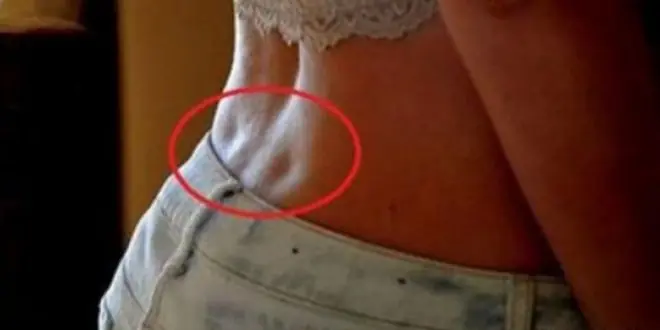
Why Your Fingers Turn a Different Colour
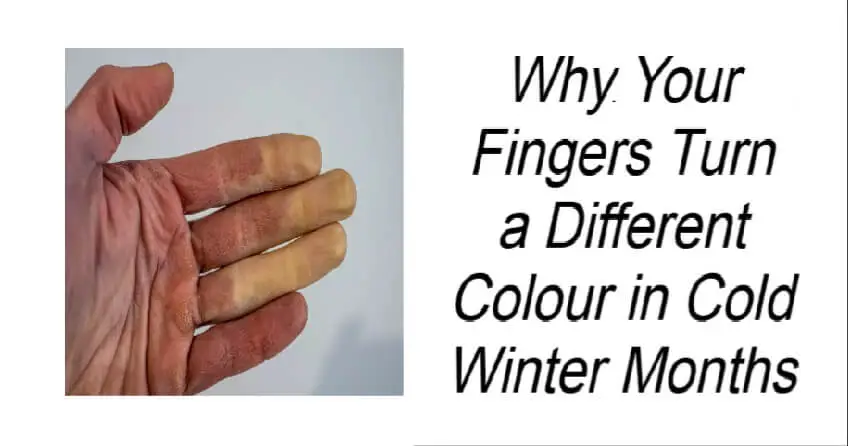
Millions of people around the world experience a strange and sometimes alarming reaction to cold weather—their fingers, toes, and other extremities suddenly change color, often turning pale white, deep red, or even bluish-purple. While some may dismiss it as just a quirky response to cold temperatures, this phenomenon is actually a sign of an underlying medical condition that affects blood circulation: Raynaud’s disease, also known as Raynaud’s phenomenon.
What Is Raynaud’s Disease?
Raynaud’s disease is a condition that affects how blood flows to certain parts of the body—most commonly the fingers and toes—when exposed to cold temperatures or emotional stress. Instead of maintaining normal circulation, the small blood vessels in these areas constrict excessively, reducing blood flow and causing visible color changes and discomfort.
“It’s not just about having cold hands,” explains Dr. Melisa Lai Becker, in an interview with Good Morning America. “In Raynaud’s, there’s a marked change in temperature and color—fingers can turn white or blue, and they may feel completely numb or even painful.”
She adds, “If you touch someone’s hands during an episode, they may feel ice-cold, even if the surrounding environment is only mildly chilly.”
According to the UK’s National Health Service (NHS), Raynaud’s occurs when the blood supply to certain parts of the body becomes interrupted or restricted. Though it can be startling, for most people, Raynaud’s does not lead to any serious long-term health problems. However, recognizing it is important for proper management.
What Are the Symptoms?
Raynaud’s is most often triggered by cold temperatures, but it can also be brought on by stress or anxiety. The condition causes a range of symptoms that may vary in intensity and frequency between individuals.
Common signs of Raynaud’s include:
-
Color changes in the skin of the fingers or toes—typically from white (indicating reduced blood flow) to blue (lack of oxygen), and then to red (as blood flow returns).
-
Pain or a tingling sensation, often described as pins and needles.
-
Numbness or throbbing in the affected areas.
-
In some cases, Raynaud’s symptoms may also affect the nipples, ears, lips, or nose.
Episodes can last anywhere from just a few minutes to several hours, and they may occur sporadically or more frequently during colder seasons. Some individuals may only have mild symptoms, while others experience significant discomfort that interferes with daily life.
Who Is Most at Risk?
Raynaud’s affects people of all ages but is most commonly diagnosed in women, particularly those in their teens or early adulthood. It is estimated that up to 20% of the adult population globally experiences some form of Raynaud’s.
There are two main types of Raynaud’s:
-
Primary Raynaud’s – The more common form, which is typically mild and not linked to any other medical condition.
-
Secondary Raynaud’s – Less common, but more serious. It is usually associated with other autoimmune or connective tissue diseases such as lupus, scleroderma, or rheumatoid arthritis.
Knowing which type a person has can significantly influence treatment and management options.
When Should You Seek Medical Attention?
While primary Raynaud’s is often harmless, there are situations where medical evaluation is necessary. If the condition becomes frequent, painful, or starts to impact daily activities, it’s important to talk to a healthcare provider. Persistent symptoms could be a sign of secondary Raynaud’s or an indicator of an underlying autoimmune disorder.
A doctor can perform tests to determine whether Raynaud’s is occurring on its own or as part of a broader health issue. In some cases, certain medications—including those that affect blood vessels—can trigger or worsen symptoms.
Managing and Living with Raynaud’s
Although there is no cure for Raynaud’s, many people are able to manage their symptoms effectively by making simple lifestyle changes, such as:
-
Wearing gloves and warm clothing in cold environments.
-
Reducing stress through relaxation techniques like meditation or yoga.
-
Avoiding smoking, as nicotine constricts blood vessels.
-
Staying active, which helps promote healthy blood flow.
In more severe cases, medications such as calcium channel blockers may be prescribed to help relax blood vessels and improve circulation.
Conclusion
Raynaud’s disease may seem like a minor inconvenience, but for those who experience it regularly, the condition can have a real impact on daily comfort and well-being. By understanding its symptoms and triggers, individuals can take proactive steps to manage flare-ups and seek professional care when needed. Recognizing the signs early on can make a significant difference in maintaining both health and quality of life—especially during the colder months.
News in the same category

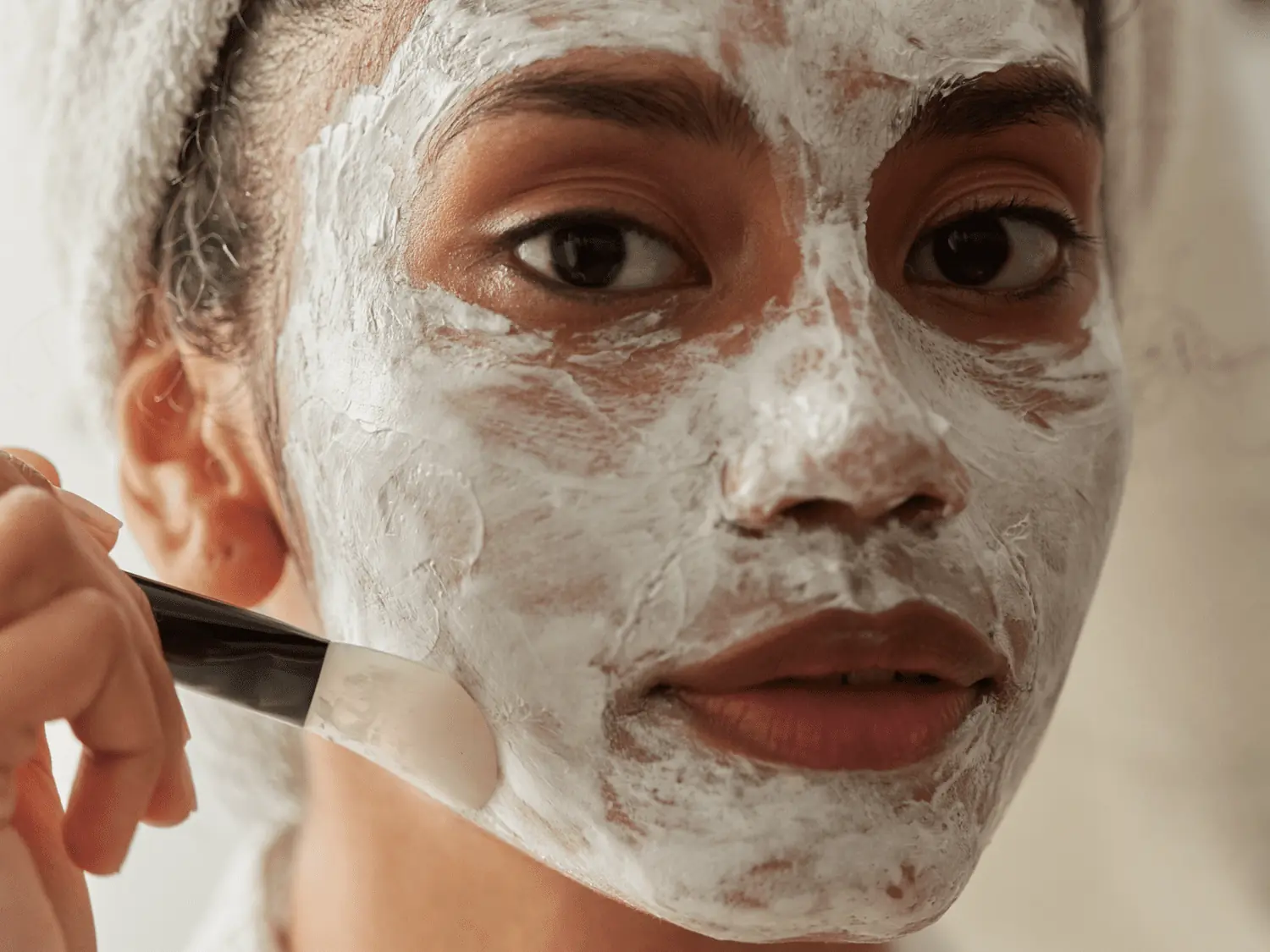
How My Nana’s Baking Soda Skincare Routine Became My Favorite Beauty Secret

Popular Drink Could Be Permanently Staining Your Teeth Yellow, Experts Say
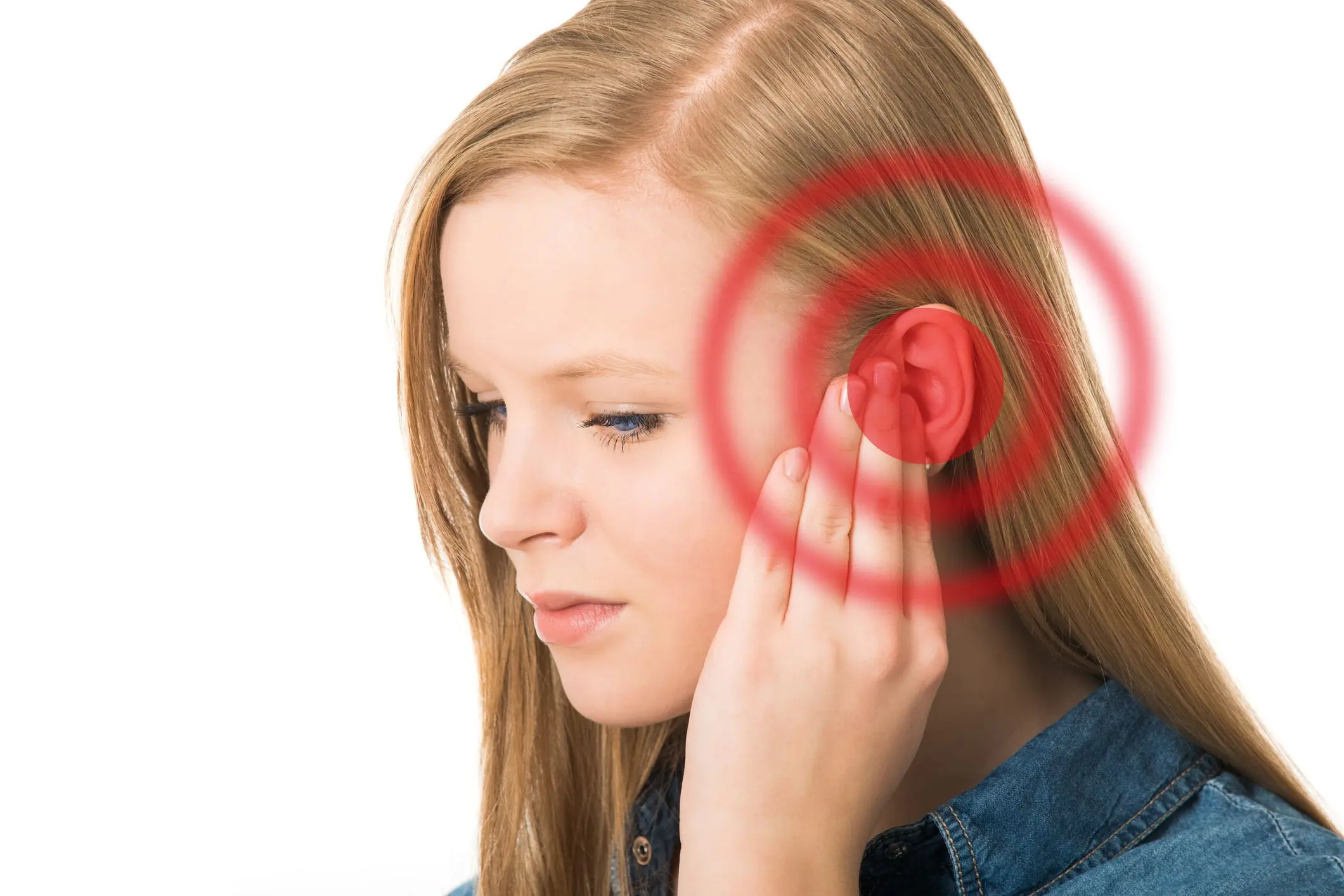
Powerful Natural Remedies for Ear Infections That You Can Try at Home
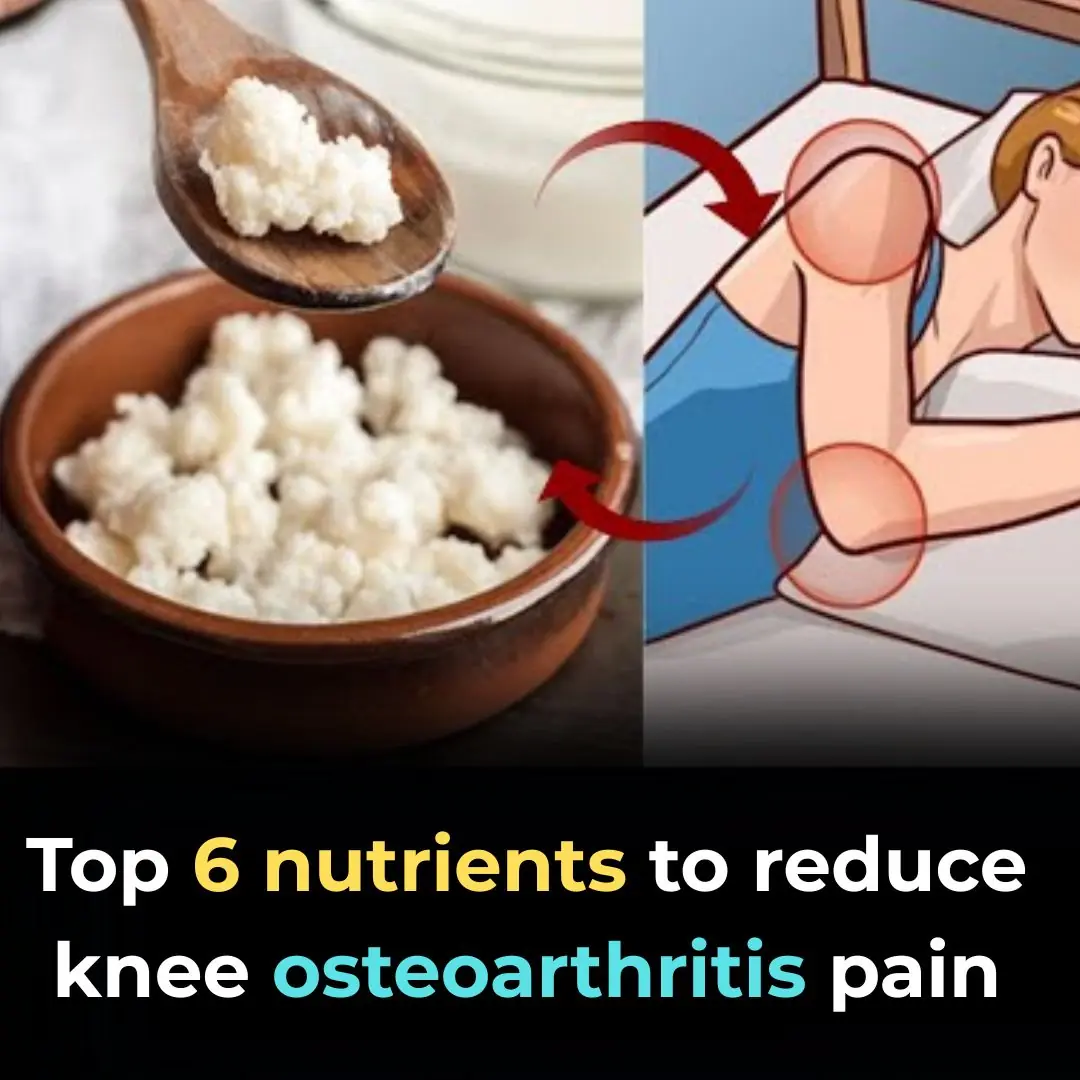
Top 6 Nutrients To Reduce Knee Osteoarthritis Pain
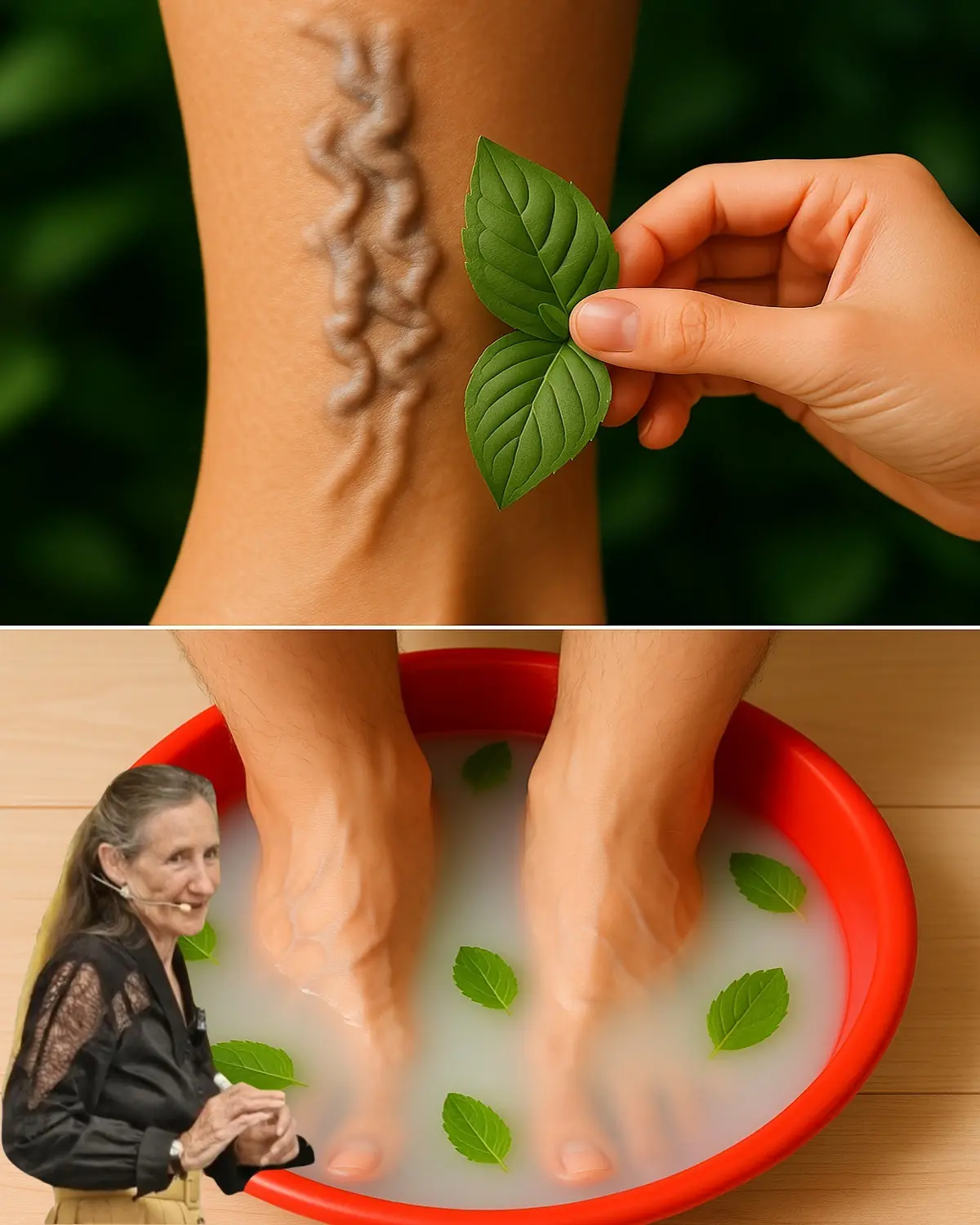
Heal Cracked Heels and Joints with Salt and Herbs
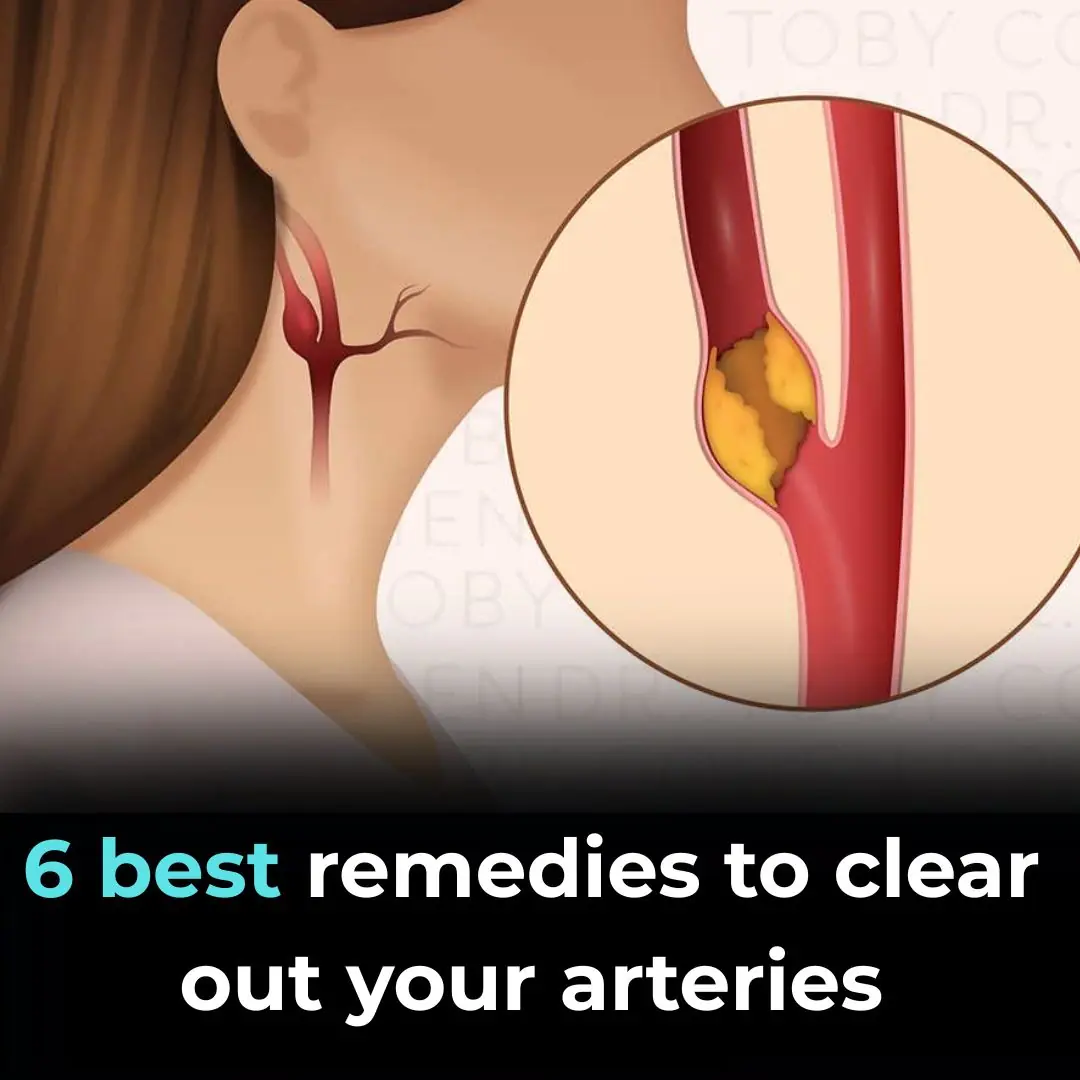
6 Best Remedies To Clear Out Your Arteries
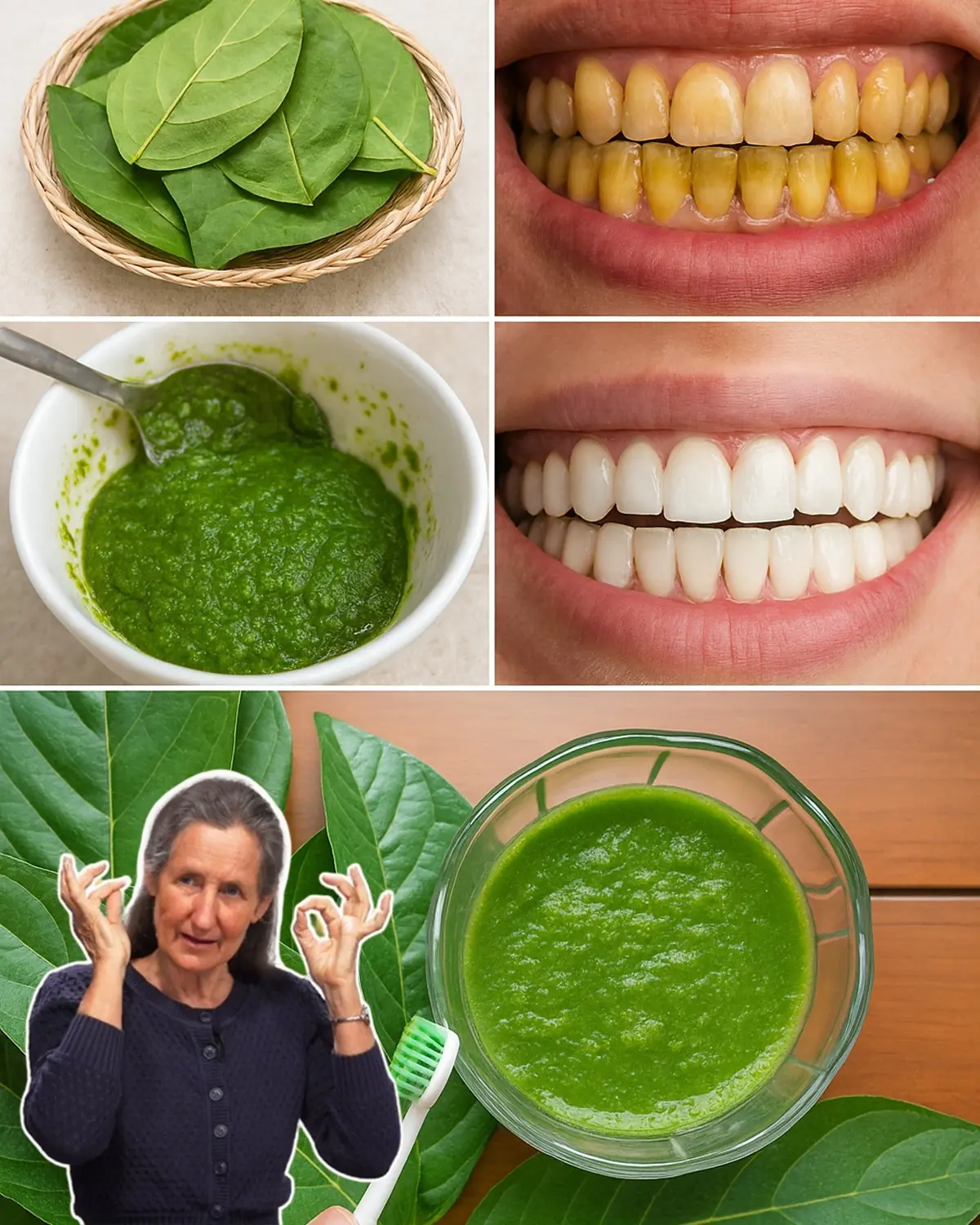
Grandma’s Shocking Secret to a Hollywood Smile: Guava Leaves Unveiled!

14 Warning Signs You May Have Too Much Sugar in Your Blood

Discover Papaya’s Milky Sap: 9 Hidden Benefits You’re Missing Out On

Why Is There a Hole On The Front Of Men’s Underwear
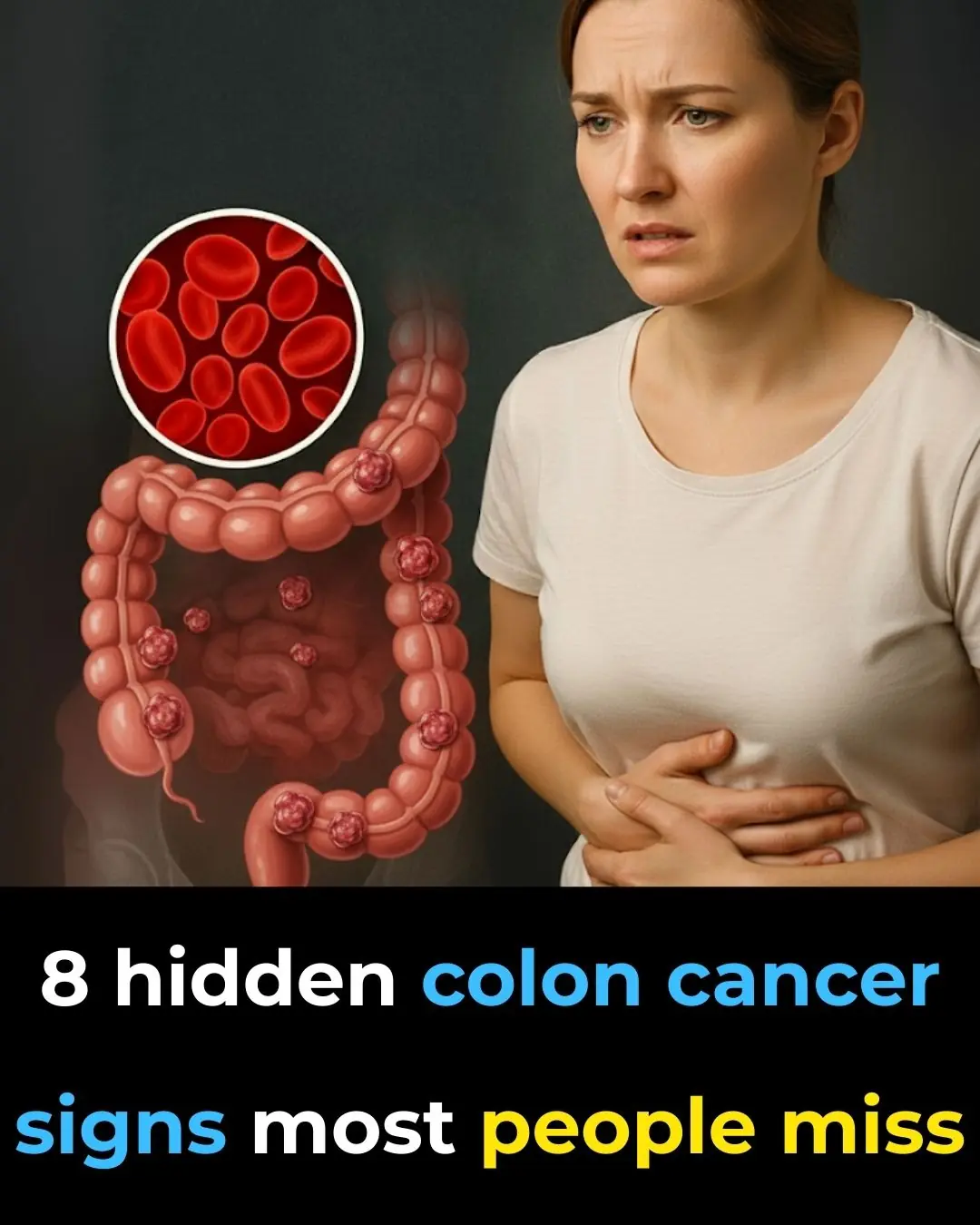
8 warning signs of colon cancer you should never ignore
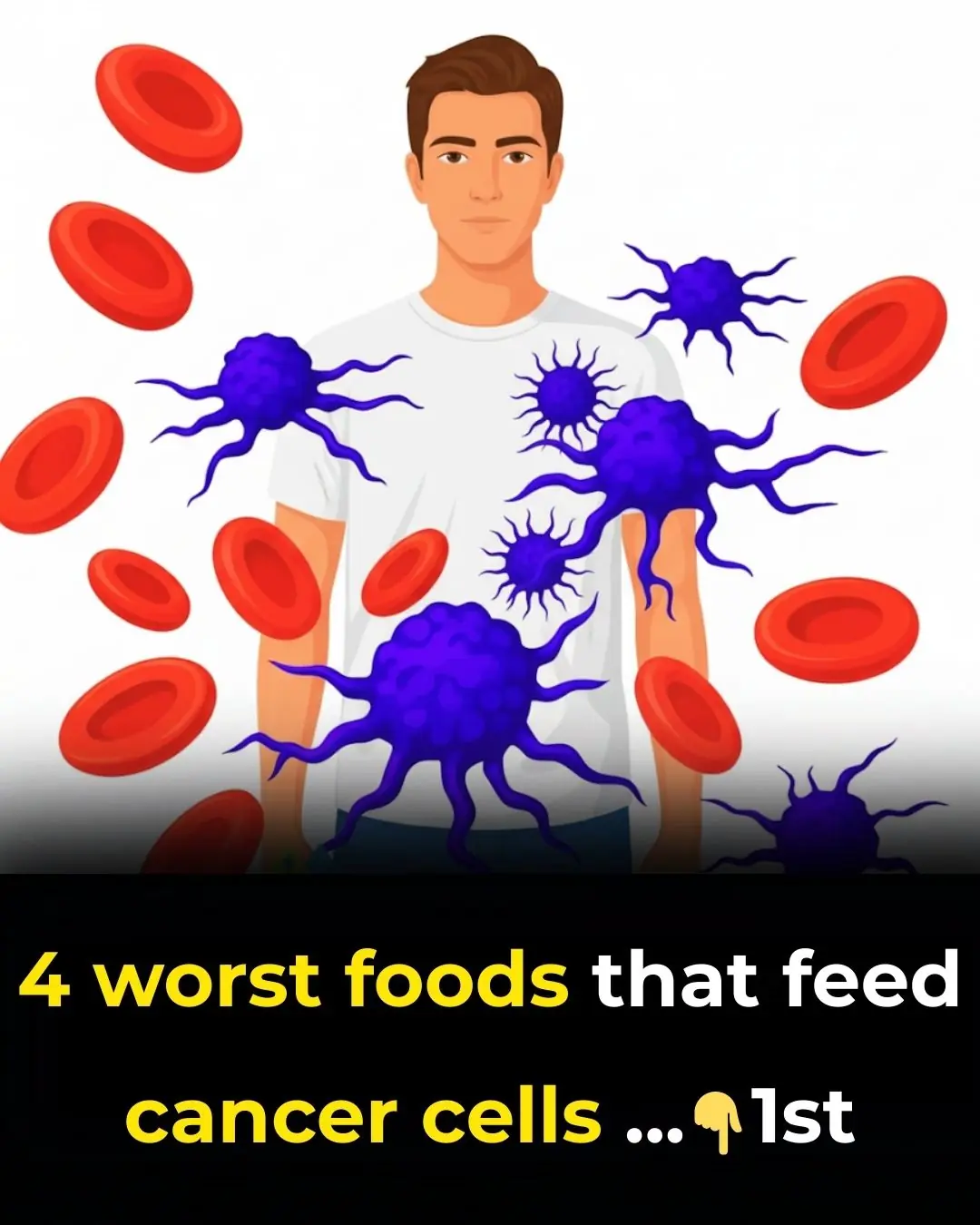
4 WORST foods that feed CANCER Cells
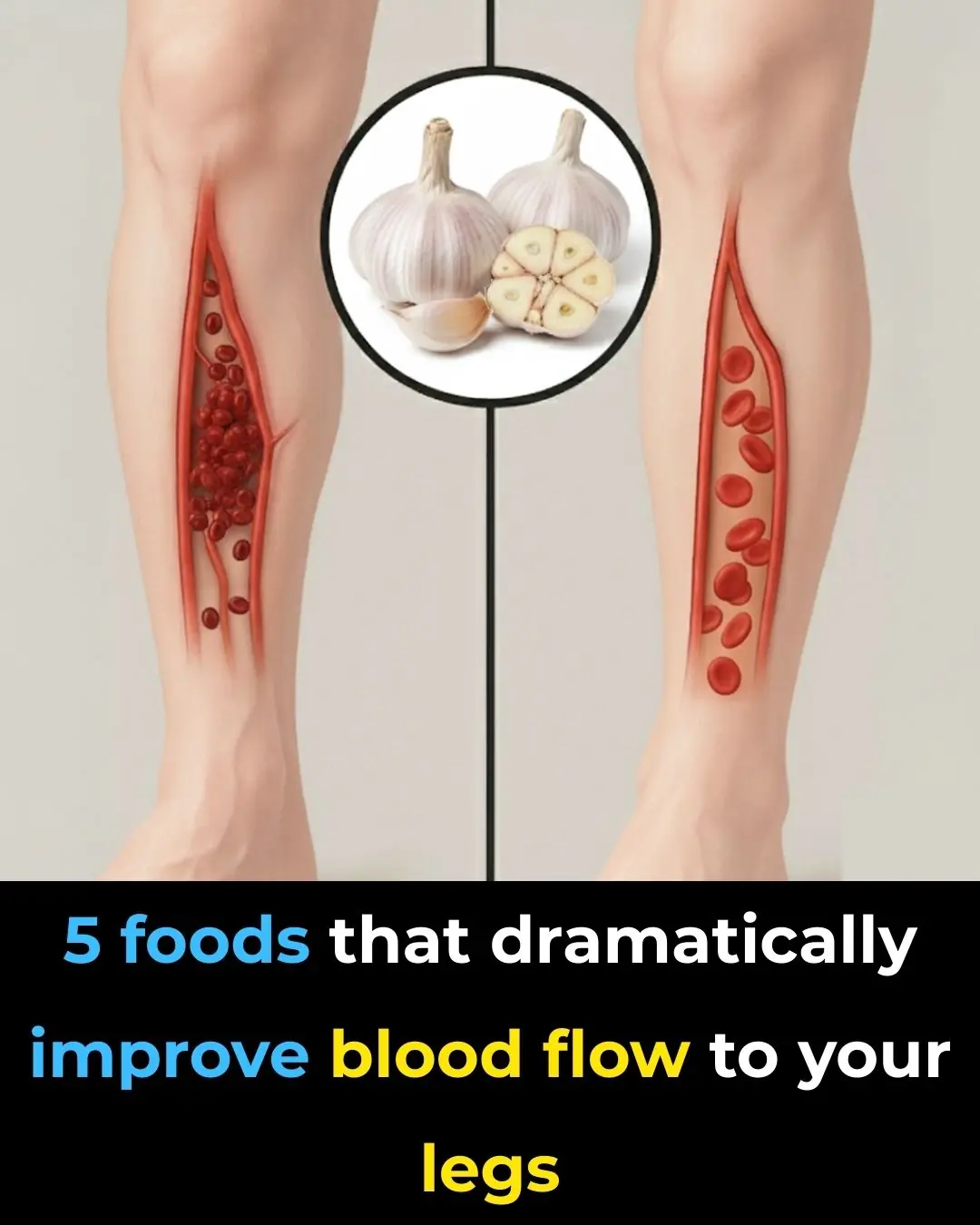
5 foods that dramatically improve blood flow to your legs
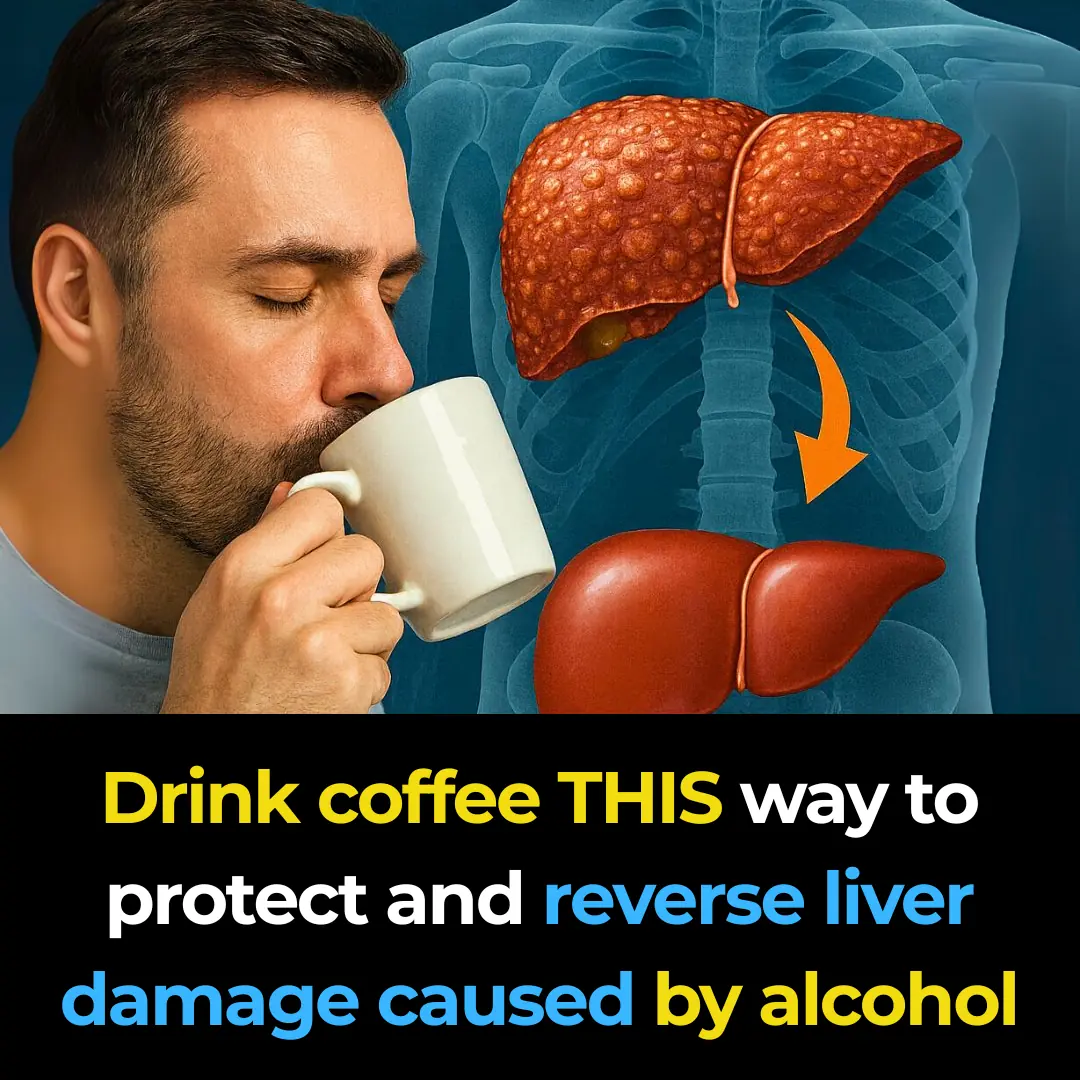
Drink coffee THIS way to protect and reverse liver damage caused by alcohol

Seniors: the 1 simple ingredient that quickly rebuilds muscle

Doctors warn: this 1 cancer sign may show up in your sheets

How Water Fasting Can Regenerate the Immune System, Slow Aging, Reduce Heart Attack Risk and More

4 Reasons Why Cardiac Arrests Happen in The Bathroom
News Post

Game-changing 'hidden' features in iOS 26 update you've probably missed
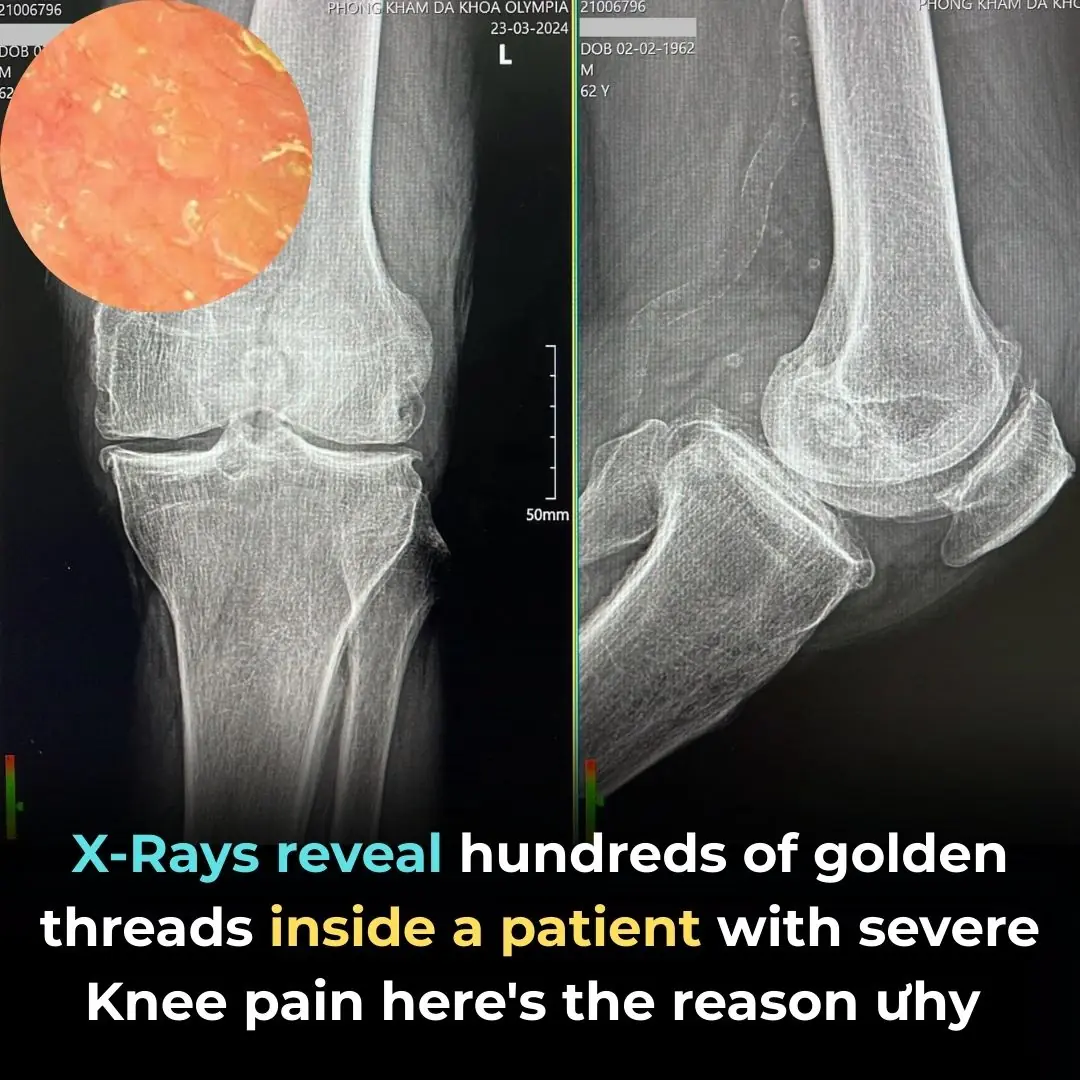
X-rays Reveal Hundreds of Golden Threads Inside a Patient with Severe Knee Pain — Here’s the Reason Why

Blind Man Can Now See Through His Tooth After Losing Sight 20 Years Ago – He Explains How It Works

Harvard expert issues chilling warning that strange object heading towards Earth may be a ‘mothership'

Nvidia's futuristic 'robot brain' officially goes on sale to the public for insane price

These 4 places are "bacteria nests" in the rice cooker, need to be cleaned every month

🌿 Wash Your Hair with This Herb and Watch Baby Hairs Grow Back Fast — Say Goodbye to Hair Fall

🪵 Don't Wash Moldy Wooden Cutting Boards with Soap—Try This 5-Minute Natural Cleaning Hack Instead

🌾 Ginger and Rice Water Hair Treatment: A Natural Secret for Fast Growth, Thicker, Shinier Hair

Colgate Toothpaste for Face Whitening: The Secret Combo of Tomato and Colgate 🍅✨

Emotional Starbucks Employee Reaction Over Long-Hour Shift Sparks Debate
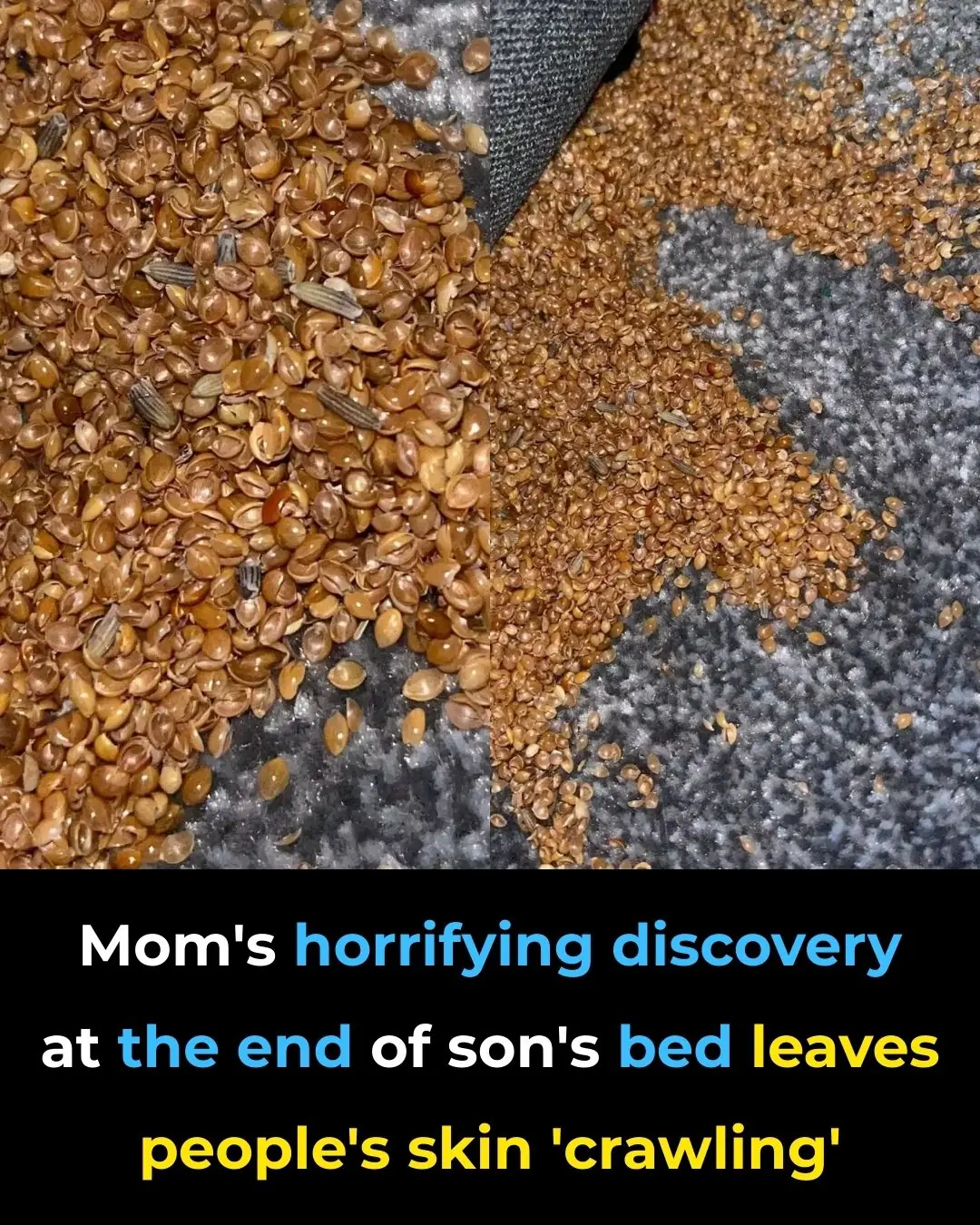
Shocking Discovery at Her Son’s Bed Leaves Mom Terrified

If You Have These Two ‘Dimples’ on Your Lower Back, This is What They Mean

How My Nana’s Baking Soda Skincare Routine Became My Favorite Beauty Secret

Popular Drink Could Be Permanently Staining Your Teeth Yellow, Experts Say

Powerful Natural Remedies for Ear Infections That You Can Try at Home
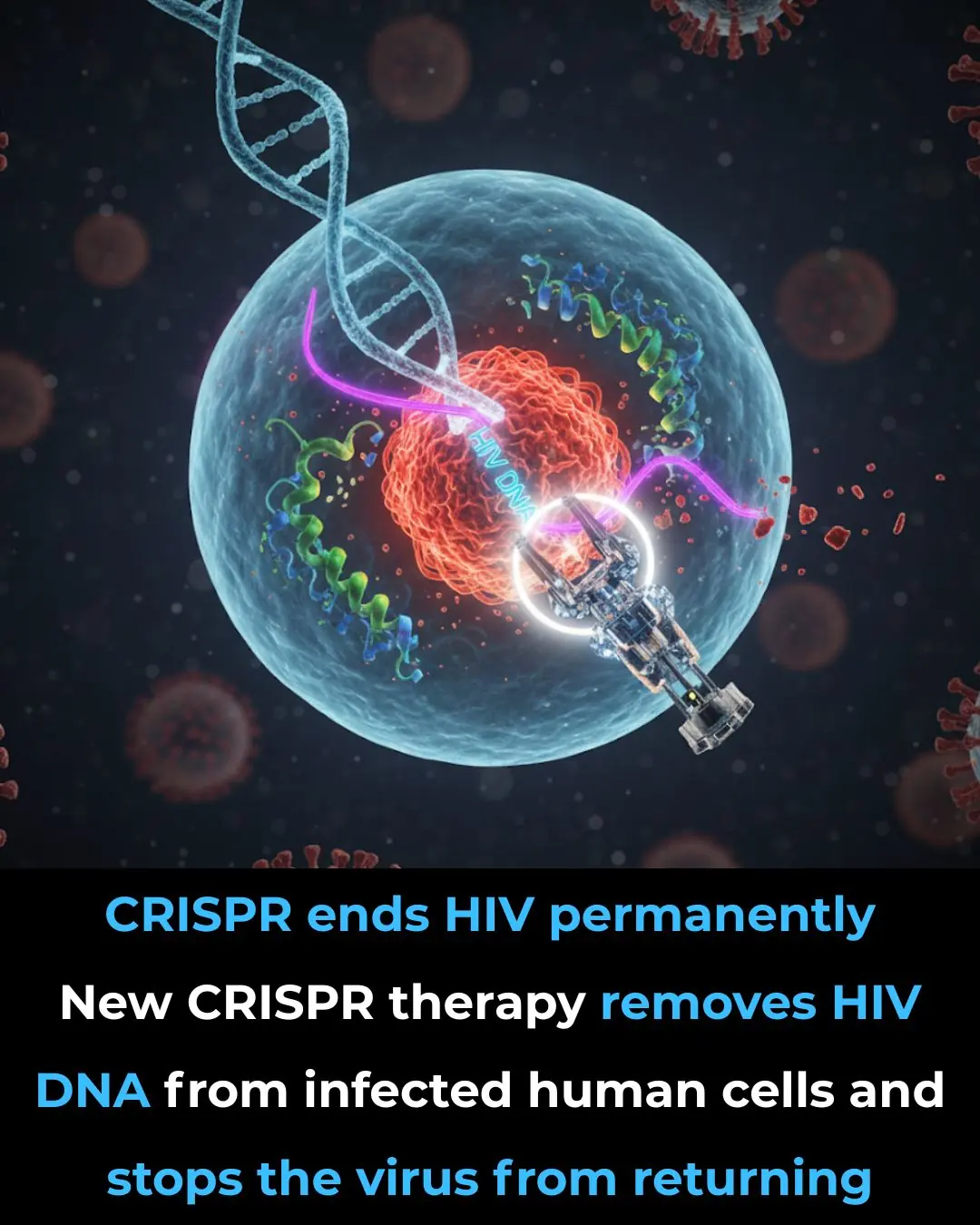
CRISPR Breakthrough: Scientists Achieve Complete HIV Eradication in Lab Cells

Northern lights alert : the best displays in years could be coming

The Science Behind the Blood Moon: How Earth’s Shadow Creates the Red Glow
